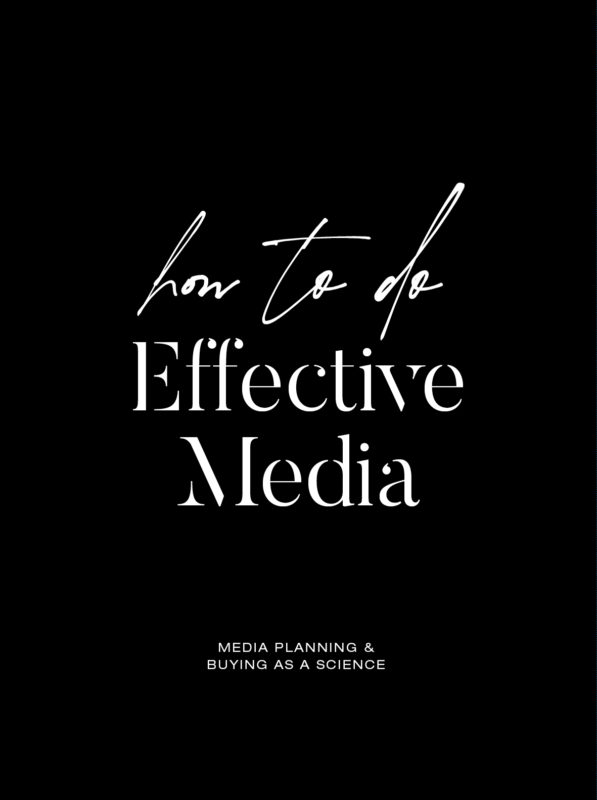How to do effective media: Media planning buying as a science
Atomic 212 founding partners Claire Fenner and James Dixon deep dive into the guiding principles and practices of media buying in their new book, with a focus on the importance of deploying a scientific process of hypothesis, test, learn, document, and repeat.
This is an excerpt from the third chapter of ‘How to do Effective Media: Media Planning Buying as a Science’. In an attempt to lift the lid on the “secret sauce” of scientific media buying and give marketers the tools to talk the language of CFOs and CEOs, this chapter explores the systemisation of media for increasing ROI.

Key takeaways:
1) Marketers should apply a scientific process to all marketing.

